How to Share your phone's Internet connection to your laptop
Share your iPhone's connection to your laptop

Check your carrier's package. Some carriers charge extra for sharing a data connection, or require you to purchase a connection sharing plan.
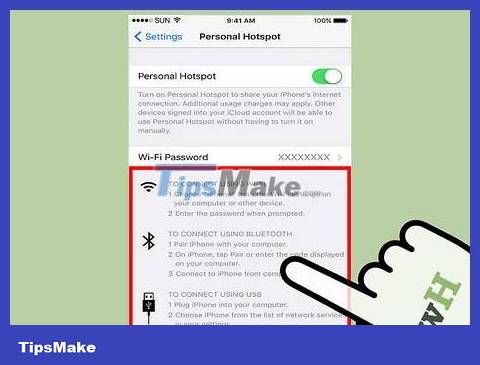
Select method. There are three methods to share your phone's Internet connection to your laptop. Here are the requirements for each method:
WiFi tethering can be done on iPhone 4 running iOS 4.3 or later. It can connect to as many laptops as you want, as long as it has WiFi and runs Mac OS 10.4.11 or Windows XP SP2 or higher.
USB tethering can be done on iPhone 3G or later. You will need a USB cable to connect your iPhone to your laptop. Your computer needs to have iTunes 8.2 or later and run Mac OS 10.5.7 or Windows XP SP2 or later.
Bluetooth tethering requires an iPhone 3G or later. It can connect to a laptop with Bluetooth 2.0, running Mac OS 10.4.11 or Windows XP SP2 or later.
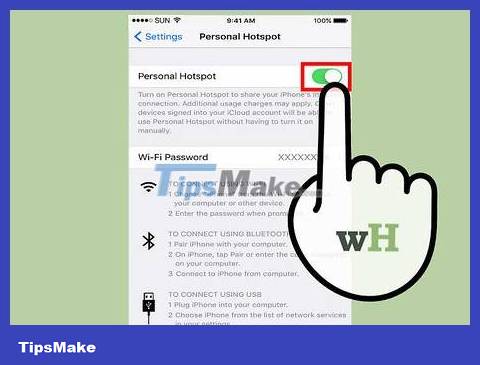
Turn on Personal Hotspot. Go to Settings on iPhone. Set the Personal Hotspot slider to "On". Tap the method you want to use (WiFi, Bluetooth, or USB).
Personal Hotspot settings can be found in Settings → Cellular; Settings → General → Network; or in the main Settings menu depending on your device.
While using WiFi, tap the WiFi password button and type in the password. You should only use ASCII characters.
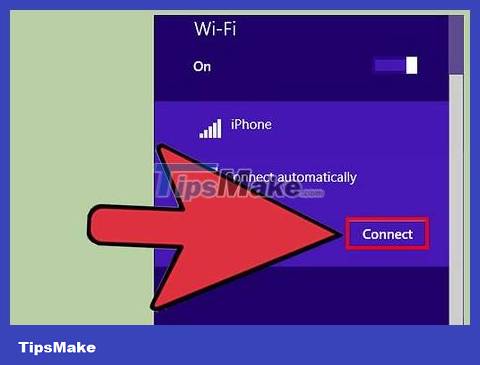
Connect to shared WiFi. WiFi tethering is the fastest wireless connection method, but consumes the most battery. To connect from your laptop, simply turn on WiFi, select your phone's network, then enter your chosen password. The default network is usually named "iPhone".
Your phone's WiFi tethering will be turned off if you leave your device unconnected for 90 seconds.
If you are on a 2G mobile network, WiFi will be disconnected when you make a call.
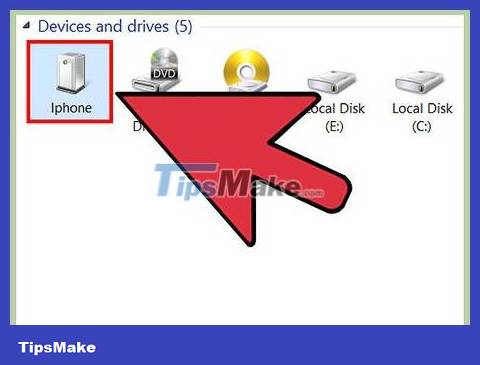
Connect via USB. Although not as common because it requires a cable, USB is the fastest and easiest connection method to set up. Once Personal Hotspot is turned on, connect the USB cable to both devices. The connection sharing process will take place automatically. If that doesn't work, try going into your laptop's network settings and clicking on the USB option.
You need iTunes on your laptop. You can download iTunes for free.

Connect to shared Bluetooth. Bluetooth is slower than WiFi and can only share the connection with one other device. However, it will use less battery. Here's how to set up a Bluetooth connection for a laptop:
For Mac:
Go to System Preferences → Bluetooth on your laptop.
Click "Turn Bluetooth On", or click "Set Up a New Device" and follow the on-screen instructions. Select iPhone in the device list.
Enter the Pairing Code on iPhone.
On some iPhones, you'll need to tap "Use Device as a Network Port" after entering.
For Windows 10:
Select the action center icon (shaped like a chat bubble) on the taskbar and click Bluetooth.
Click Connect, then select your iPhone.
Type Pairing Code on iPhone.
For Windows 7:
Go to Control Panel → Bluetooth → Bluetooth Settings → Options. Turn on Bluetooth discovery and connection.
Go to Start → Devices and Printers → Add a device. Select your iPhone.
Enter Pairing Code on iPhone.
For Windows Vista:
Go to Control Panel → Hardware and Sound → Bluetooth Devices → Options. Turn on Bluetooth discovery and connection.
In the same Bluetooth Devices menu, click Add, then select your iPhone.
Type Pairing Code on iPhone.
Share connection of Android phone to laptop
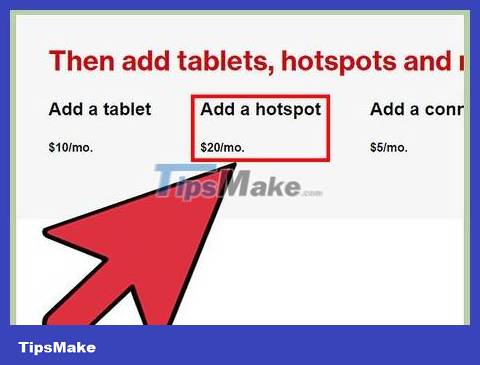
Review your data plan. Most phone carriers charge extra for tethering, or the fee is included in your data limit. Some packages do not even allow connection sharing.
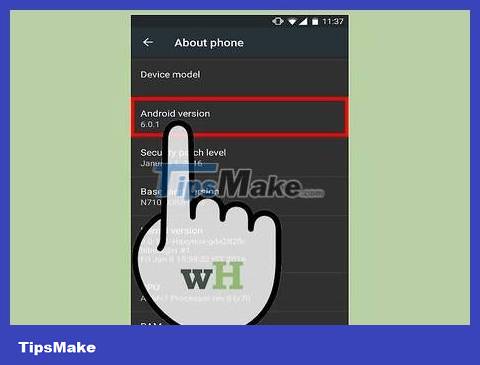
Find out if your device is compatible. Android introduced WiFi and USB tethering in version 2.2. Bluetooth tethering requires Android 3.0 or higher.
Your phone model and your laptop's operating system must also have tethering capabilities. This rarely becomes a problem unless many years have passed since the device was sold.
Some devices running older versions of Android can install an app to enable tethering.
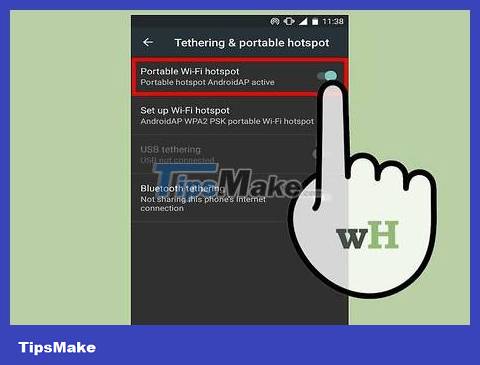
Share connection using WiFi. WiFi provides fast connections and can support up to ten devices. However, it causes the device to drain battery very quickly. Here's how to set it up:
Open Settings on your Android phone. Tap More → Tethering & portable hotspot under Wireless.
Turn on "Portable WiFi hotspot".
A station notification will appear. Tap this notification and select "Set up Wi-Fi hotspot". Type a password that contains only ASCII characters (can also include network name).
On your laptop, turn on WiFi and select your phone's network. Enter the selected password.
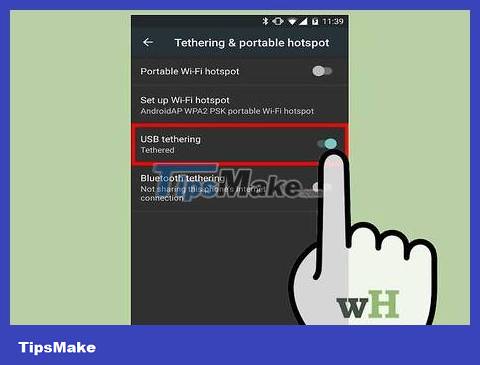
Share Internet connection via USB. USB cables provide the fastest connection speeds. However, USB tethering is usually only done (in the official way) on Windows operating systems. Simply connect the two devices using a USB cable, then turn on tethering on your phone in Settings → More → Tethering & portable hotspot. ) → USB tethering (Share connection via USB).
Windows XP users must download the customization file first, following the instructions on Google's support page.
Mac users can install third-party drivers on their laptops to enable USB tethering. This stuff is not censored by Google or Apple. You should only install from trusted sources.
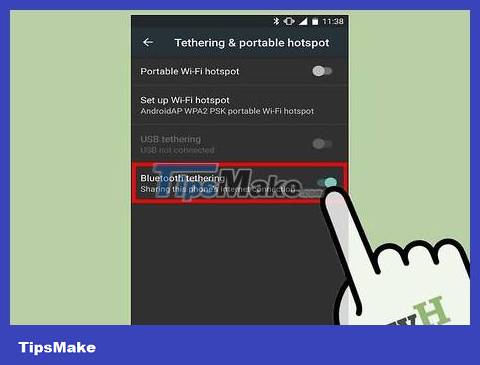
Connect via Bluetooth. Bluetooth is a slower method of wireless connection, but uses less battery. You can use it to create an Internet connection for a device as below:
Turn on Bluetooth under Settings on your phone.
Turn on Bluetooth on the laptop. You can do this in your Mac's System Preferences; from "action center" → "Connect" options on the Windows 10 taskbar; or by searching for "Bluetooth" in the search bar of older versions of Windows.
On your phone, select your laptop under Available devices. If you don't see it, try tapping "Search for devices" or tapping the menu icon and tapping "Refresh."
Follow the instructions to connect the device. You may need to enter a password (passcode) on one of the devices (Try entering 0000 or 1234 if the other device does not display the password).
On your phone, go to Settings → More → Tethering & portable hotspot → Bluetooth tethering.
Limit battery drain as much as possible
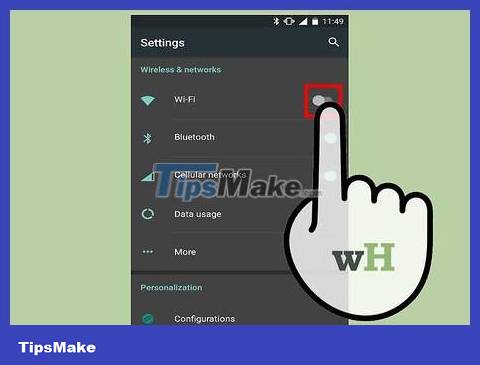
Turn off all unnecessary tasks on your phone. Turn off GPS, auto sync, notifications, updates and Wifi. The only thing you need is your phone's network signal.
If you are using an Android device, go to Settings → Apps → Running and turn off all apps. Go to All Apps and turn off any apps you don't need, such as Hangouts or Play.
If you're using Windows Phone 8.1, turn on Battery Saver.

Reduce brightness. Reduce your phone's brightness to the minimum level.

Remove the SD memory card. If possible, remove your phone's SD card. This can be the main cause of battery drain on some phones.

Try to use the Internet for short periods of time. Use the Internet for short periods of time. If you want to stay on the Internet longer, try to stick to email and simple websites. Avoid watching videos, downloading and browsing in multiple windows.
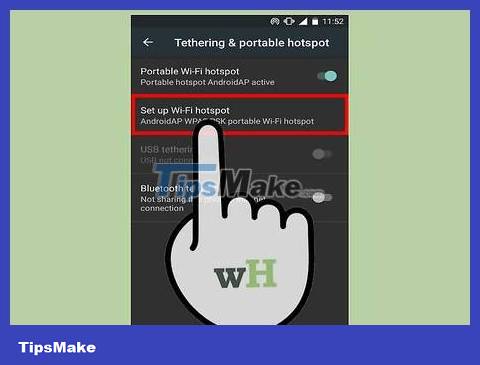
Reduce the phone's connection sharing distance. Check your phone settings to see if there is a tethering range option. Keep it to a minimum and keep your phone close to your laptop.
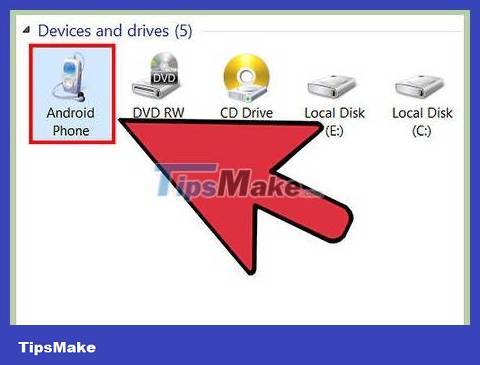
Plug your phone into your laptop. Most new phones can be charged by plugging them into a computer's USB port, although you may need to purchase a suitable cable. Note that charging from a computer will be much slower than charging from a wall outlet.
You can even tether your computer via USB and charge at the same time.
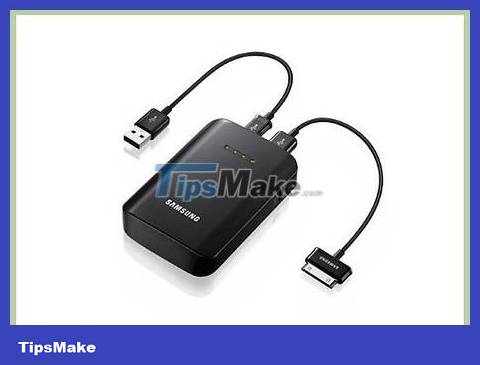
Buy a portable charger. This device can come in handy when your phone cannot be charged by your laptop, or your laptop has a low battery. This charger is also known as "Power Bank".
Some companies like EE in the United Kingdom may offer this for free. Make sure you carefully review your service provider's website before purchasing.
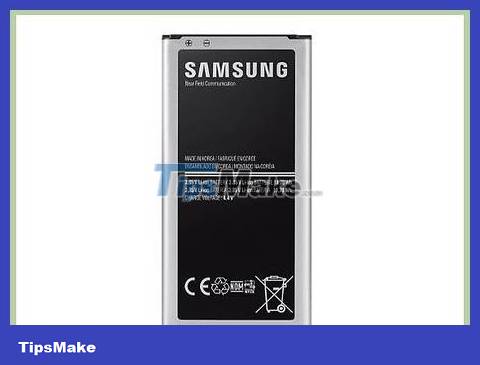
Bring spare batteries. If your phone's battery can be removed, you can double your Internet usage time. Remember to charge the spare battery when you get home.
You should read it
- How to Share an Internet Connection
- How to play wifi on your phone, share 3G, 4G connection on iPhone and Android
- How to Share Internet Connection for PC
- Internet connection sharing - Internet Connection Sharing
- Turn Windows 8 laptop into Wifi hotspot
- Share Internet connection on Windows 10 without installing software
 How to Turn Split Screen On and Off on iPad
How to Turn Split Screen On and Off on iPad How to Know if Your Number is Blocked
How to Know if Your Number is Blocked How to Locate a Cell Phone
How to Locate a Cell Phone How to Format a micro SD card
How to Format a micro SD card How to Find Your Lost Cell Phone
How to Find Your Lost Cell Phone How to Use Siri
How to Use Siri